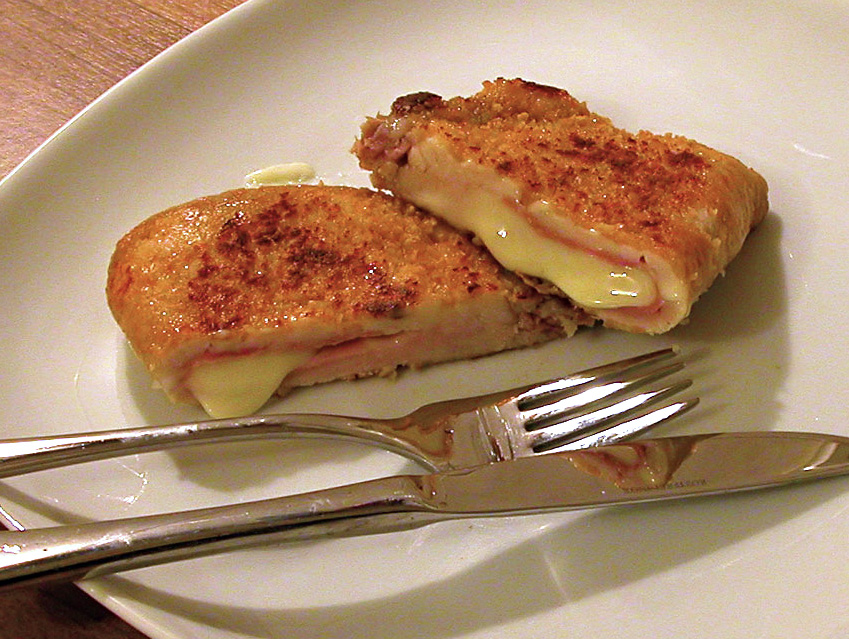- Joined
- 15 July 2007
- Messages
- 4,887
- Reaction score
- 4,552
Components wise, much of what is needed was or nearly was available to achieve a nearly sort of British F4 Phantom II.
But historically this never came about and that of course makes for some entertaining AH scenarios.
But perhaps it might entertain some to theorise what such a design might be and what would or would not be included.
The most obvious component is the near ubiquitous Avon turbojet in one of it's many variants.
In terms of radar the AI.18 is the centerpiece of 1950s efforts, and we know it was tested with limited doppler circuits for look down capability.
Though by the late 50's early 60’s AI.23 could potentially achieve multifunction leveraging off Lightning and Buccaneer variants.
But historically this never came about and that of course makes for some entertaining AH scenarios.
But perhaps it might entertain some to theorise what such a design might be and what would or would not be included.
The most obvious component is the near ubiquitous Avon turbojet in one of it's many variants.
In terms of radar the AI.18 is the centerpiece of 1950s efforts, and we know it was tested with limited doppler circuits for look down capability.
Though by the late 50's early 60’s AI.23 could potentially achieve multifunction leveraging off Lightning and Buccaneer variants.
Last edited:

